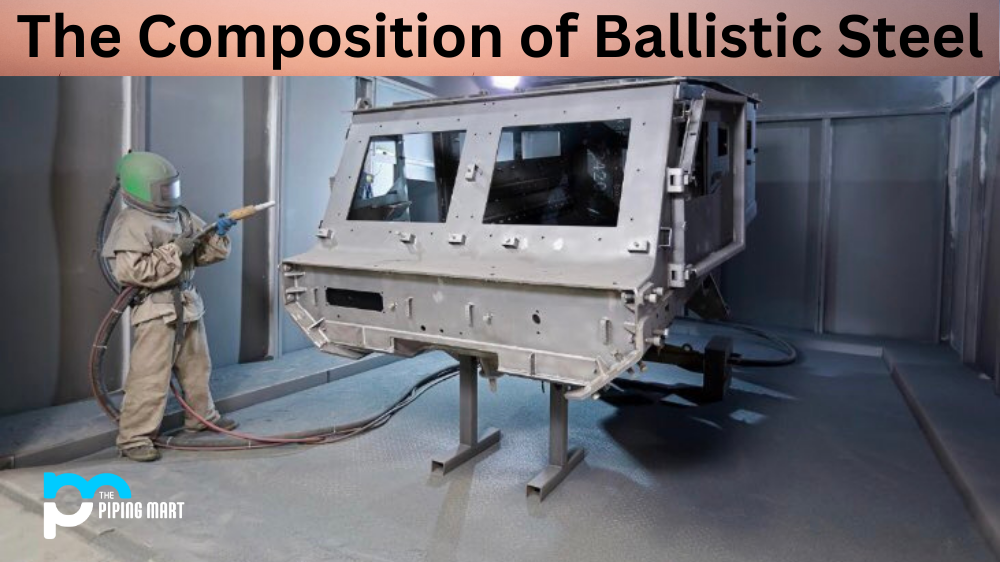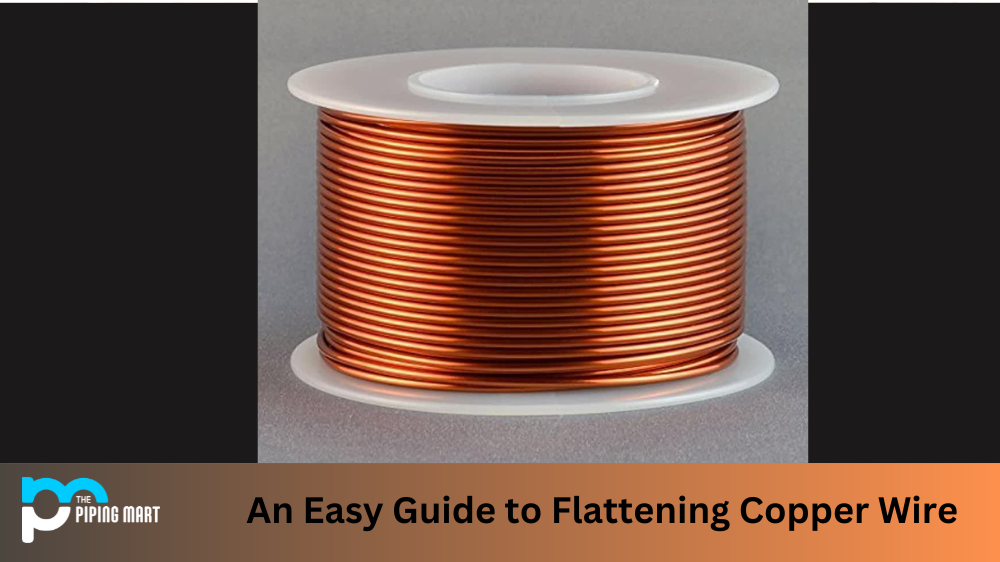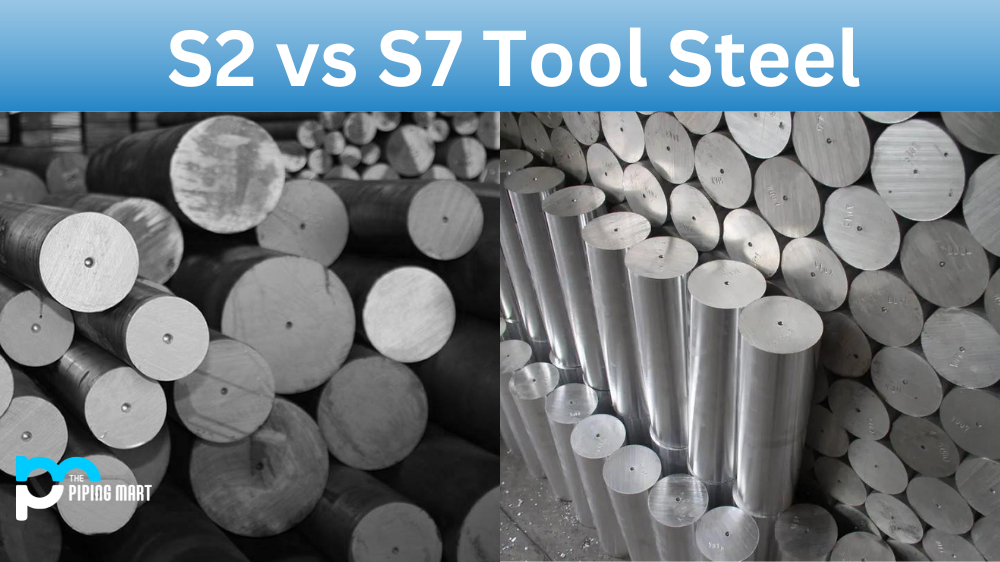Ballistic steel is a type of steel commonly used to make armor plates and other protective equipment. Its unique properties make it the perfect material for shielding against high-velocity rounds like those fired from rifles or machine guns. But what exactly is ballistic steel made of, and why does it work so well? Let’s take a look at the composition of this special form of steel and how it helps protect soldiers in combat.
Composition of Ballistic Steel
Ballistic steel consists primarily of iron with trace amounts of carbon, manganese, sulfur, silicon, phosphorus, and other elements. The exact composition varies depending on the grade and manufacturer but generally ranges between 0.5% – 0.95% carbon content by weight. It also contains small amounts of chromium (around 0.2%) which helps prevent corrosion and improve the overall strength of the alloy. Additionally, most grades have a small percentage (around 0.03%) of aluminum to further improve its anti-corrosive properties while still maintaining its hardness and strength.
Benefits Of Ballistic Steel
The primary benefit that ballistic steel offers is its ability to absorb high-velocity rounds without shattering or splintering as other materials would under similar conditions. This is because ballistic steel has a higher tensile strength than regular mild carbon steel; this allows it to deform upon impact instead of fragmenting, which helps dissipate kinetic energy more effectively than weaker alloys would be able to do alone. Additionally, its higher resistance to corrosion makes it an ideal choice for use in harsh environments such as those found in military applications where exposure to moisture is likely inevitable at some point during service life. Finally, ballistic steel is relatively inexpensive compared to other armor materials, such as ceramic composites, which makes it attractive for budget conscious projects that require protection from bullets or other projectiles moving at high velocities.
Conclusion
Ballistic steel is an incredibly useful alloy that can help protect soldiers in combat situations by absorbing high-velocity rounds without shattering or splintering like other materials would under similar conditions due to its high tensile strength and resistance to corrosion when exposed to moisture. Its relatively low cost compared to ceramics or composites makes it an attractive choice for budget conscious projects requiring strong protection against bullets or other projectiles moving at high velocities; this makes ballistic steel an essential tool for metalworking professionals, engineers, inventors, and anyone else who needs reliable protection from projectiles moving at extreme speeds!

Abhishek is a seasoned blogger and industry expert, sharing his insights and knowledge on various topics. With his research, Abhishek offers valuable insights and tips for professionals and enthusiasts. Follow him for expert advice on the latest trends and developments in the metal industry.




